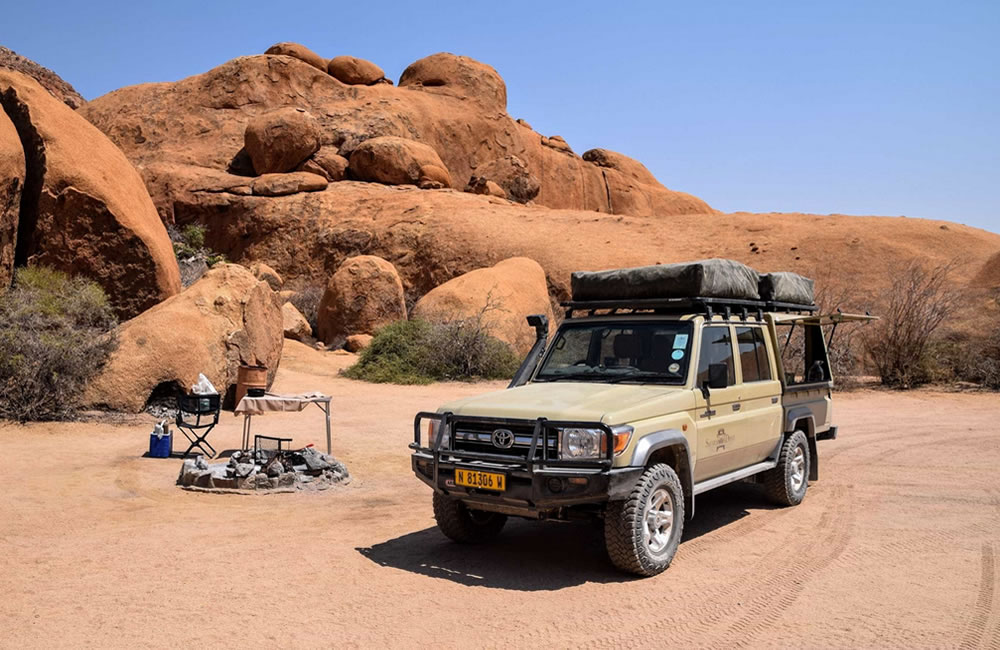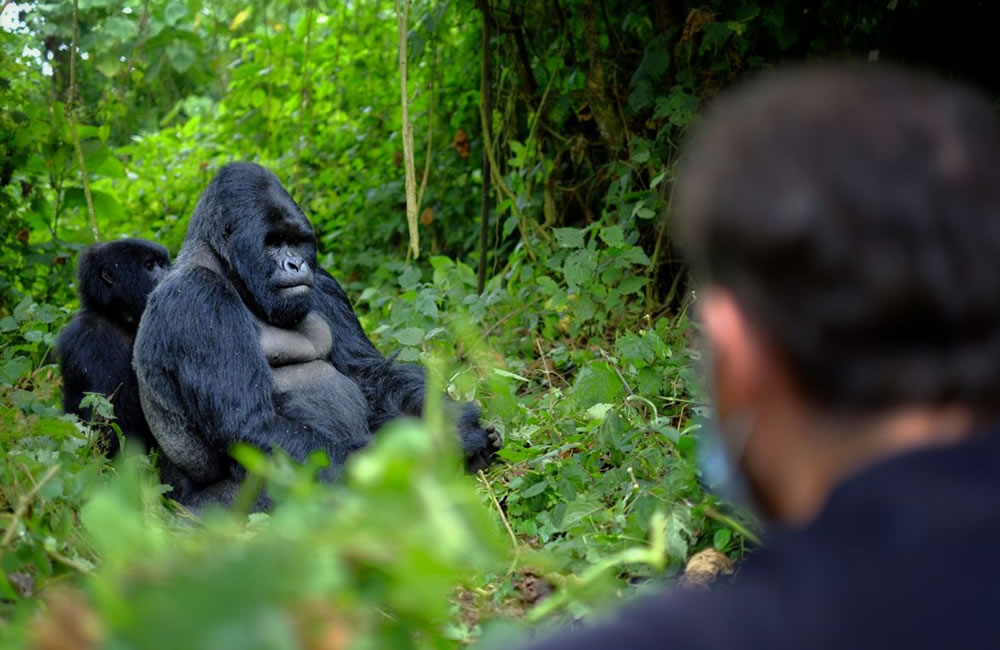The longest migration to date for wildlife has been recorded with zebras traveling a round trip of 500km between Namibia and Botswana. The distance covered each year by several thousands of zebras was discovered following radio tagging of some of the animals. The study was undertaken by researchers from WWF, Elephants without Borders and Botswana’s Department of Wildlife and National Parks.
Eight plains zebras (Equus quagga) had radio collars fitted and were monitored over a 2 year period. The zebras were discovered to migrate between the Chobe River in Namibia and Botswana’s Nxai Pan National Park. The total straight-line round trip would cover 500kms.
“This unexpected discovery of endurance in an age dominated by humans, where we think we know most everything about the natural world, underscores the importance of continued science and research for conservation” said Dr. Robin Naidoo, senior conservation scientist at WWF.
The migration between the two locations is contained in the Kavango Zambezi Transfrontier Conservation Area (KAZA) which is the largest multi-national conservation area on the planet and shows the importance of multi-nation co-operation in wildlife conservation.
“The findings of this study emphasize the importance of trans-frontier conservation areas in conservation of the greater landscape” said Pierre Du Preez, Chief Conservation Scientist at MET in Namibia. “This study has played a crucial role in helping determine a key wildlife corridor in KAZA.”
Dr. Mike Chase, EWB’s founder, explained, “At a time when conservation news is inherently rather negative, the discovery of this unknown natural phenomenon should resonate with people around the world. The government’s commitment to secure key migratory corridors serves to underpin the growing wildlife tourism industry. We plan to continue monitoring the migration to try and conserve such increasingly rare natural events”
There is still much work to be done to discover if this is an established pattern and whether the migration is a behavior that is learned from previous generations by being passed from mother to calf or whether it is a genetic need to migrate.
Discovering the new migration path is also important for conservation management as many long-distance migration routes for wildlife are seeing obstacles appearing the interferes with the flow of animals. Fences, roads and railways can all impact on animals being able to undertake their traditional migrations.





